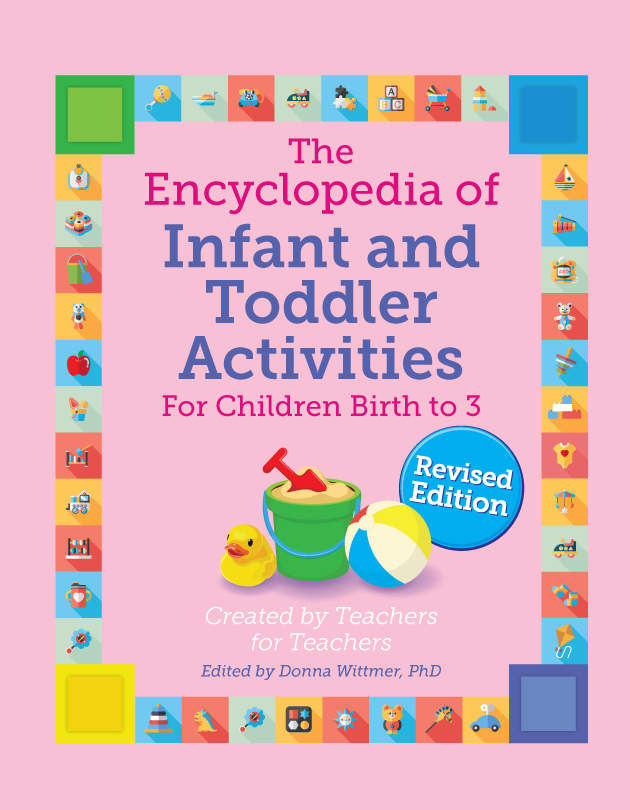What We Know
Psychologist Jean Piaget developed the concept of cognitive disequilibrium, which occurs when a person is confronted with information that does not fit with what he already knows. When the children realize that some toys have switches and others do not, they are motivated to create a new idea of schema of what a toy is and what it can do. They will experiment to see which toys become active when a switch is flipped.
Materials
- Mechanical toys with on/off switches
- Flashlights
- Baskets or boxes
- Small toys without switches
What to Do
Explore the concepts of on and off, in and out, and up and down with the following ideas:
- On/off: Let the children explore the mechanical toys and flashlights. Encourage them to experiment with the on/off switches.
- In/out: Let the children explore the small toys and the baskets and boxes. Show the children how to put the toys into the buckets or boxes and say, "In." Model dumping the toys out and say, "Out."
As the children explore, they will seek information and demonstrate persistence in their actions and behaviors. This occurs when children are offered new toys and allowed to explore them.
More to Do: Extensions and Adaptations
For Young Toddlers:
With young toddlers who are saying one-word sentences, when the toys and lights are switched on, say "On." When they are switched off, say "Off."
For Older Toddlers and Two-Year-Olds:
- With children using one-, two-, or three-word sentences, you can use parallel talk. "You turned the light on." "You turned the light off." "You put the flashlights in the box." "You took the toys out of the box."
- Encourage the children to explore the toys with switches and those without switches. You can ask, "How are these toys different?"
Suggested Book: In & Out, Up & Down by Sesame Street
Opportunities for Learning
- Emotional development: The children will show confidence in their own ability. This occurs as children cause events to happen.
- Social development: The children will learn social skills, such as how to take turns with the toys. They will learn prosocial skills and attitudes if an adult encourages a child to help another child who is struggling.
- Language development: Children are learning the concepts of on/off, in/out, and up/down as adults use the words often in direct connection with the action.
- Cognitive development: The children will explore the characteristics of the physical world. They will problem solve how to turn objects on and off and flip switches up and down. They will develop spatial awareness as they move objects in space. They will use their memories as a foundation for more complex actions and thoughts. They will recognize the differences between familiar and unfamiliar objects.
- Physical/Motor development: The children will develop fine-motor skills (use of small muscles in fingers), perceptual skills (using eyes and hands together), and gross-motor skills (using large muscles to sit and balance while holding a toy).
